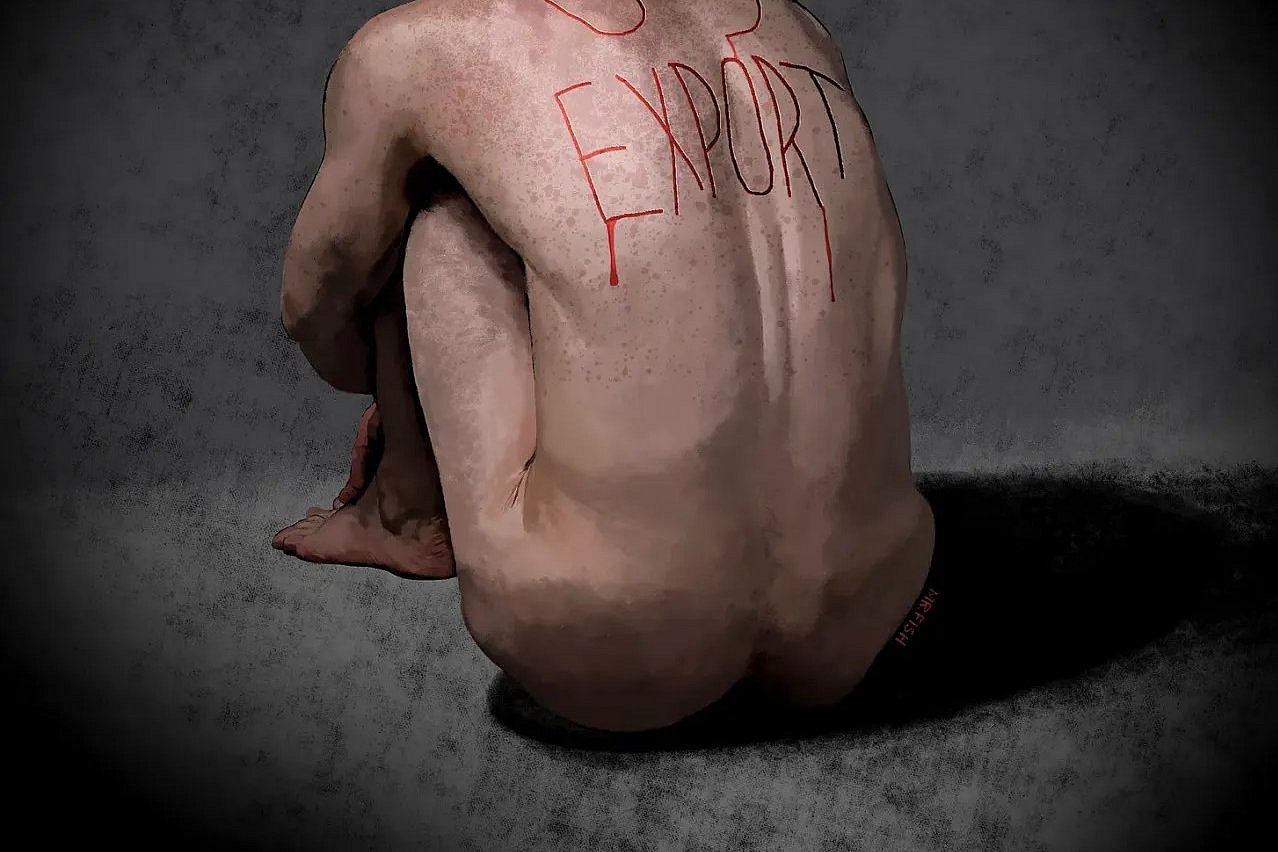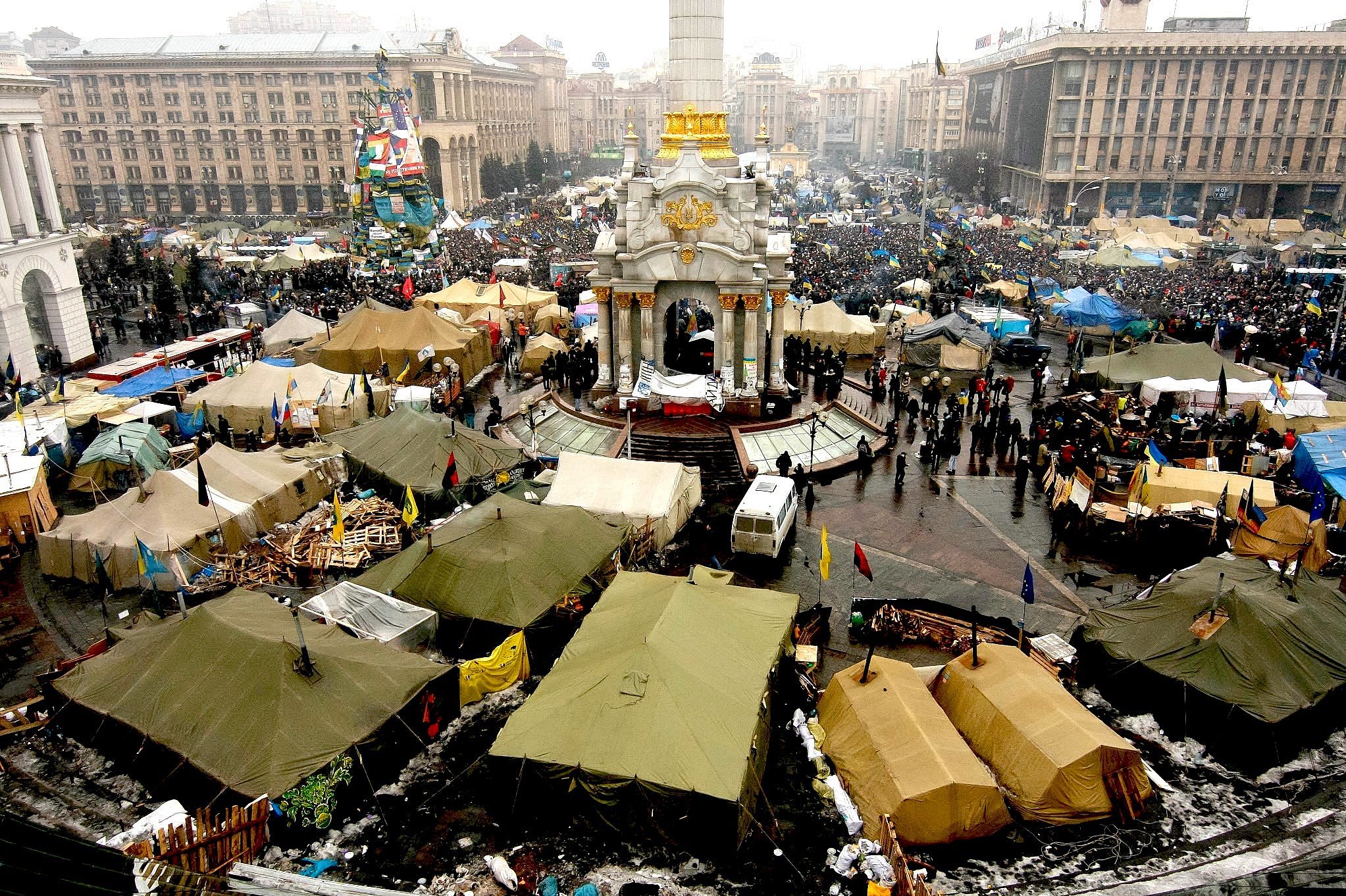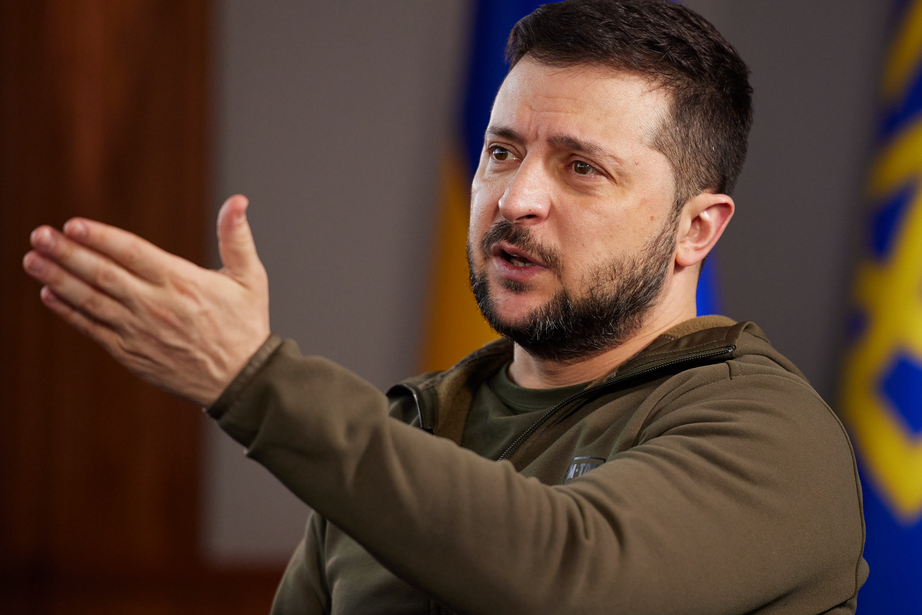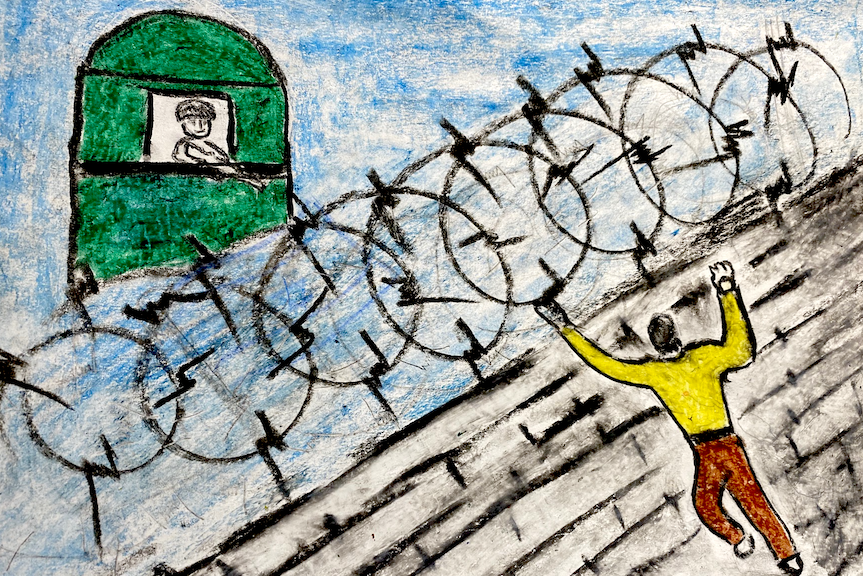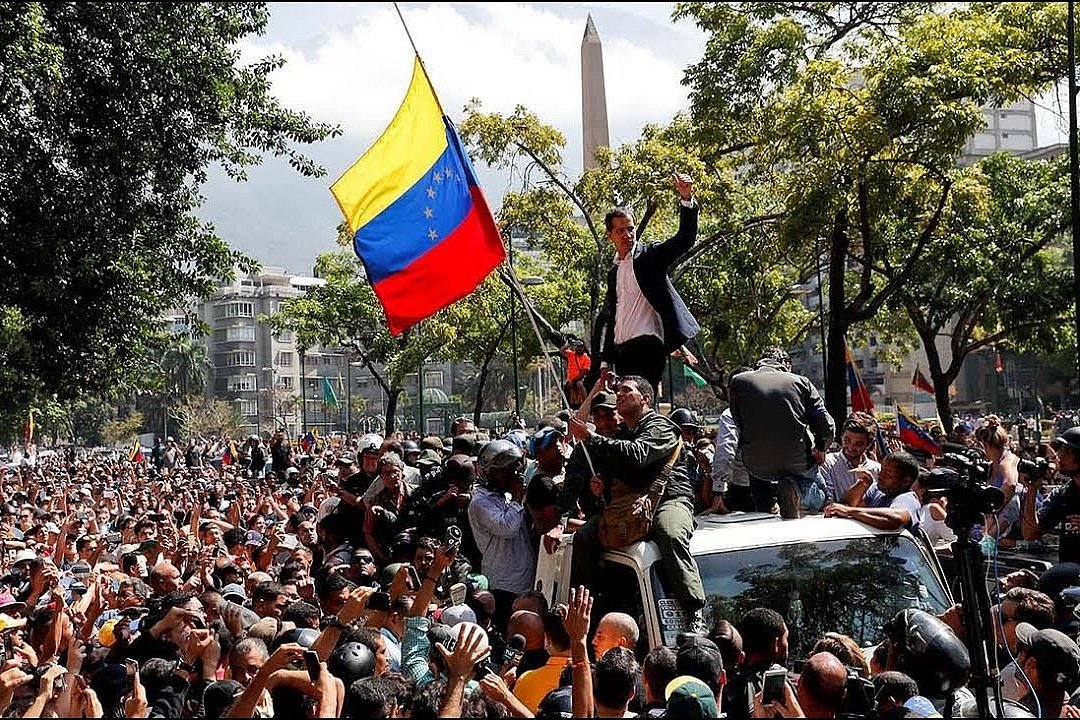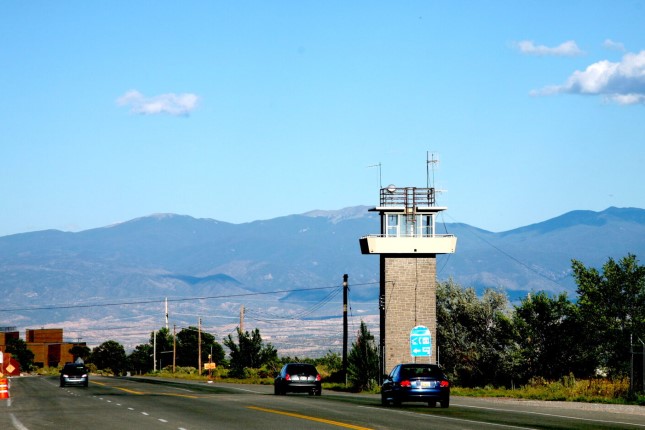The U.S. offshore concentration camps, for now, are in El Salvador and Guantánamo Bay, Cuba.
But don’t expect them to remain there.
Once they are normalized, not only for U.S.-deported immigrants and residents, but U.S. citizens, they will migrate to the homeland.
It is a very short leap from U.S. prisons, already rife with abuse and mistreatment, to concentration camps, where those held are cut off from the outside world — “disappeared” — denied legal representation and crammed into fetid, overcrowded cells.
Prisoners in the camps in El Salvador are forced to sleep on the floor or in solitary confinement in the dark. Many suffer from tuberculosis, fungal infections, scabies, severe malnutrition and chronic digestive illnesses.
The inmates, including over 3,000 children, are fed rancid food. They endure beatings. They are tortured, including by water-boarding or being forced naked into barrels of ice-cold water, according to Human Rights Watch.
In 2023, the State Department described imprisonment as “life-threatening,” and that was before the Salvadoran government declared a “state of exception” in March 2022. The situation has been greatly “exacerbated,” the State Department notes, by the “addition of 72,000 detainees under the state of exception.”
Some 375 people have died in the camps since the state of exception was established, part of El Salvadoran President Nayib Bukele’s “war on gangs,” according to the local human rights group Socorro Jurídico Humanitario.
These camps — the “Centro de Confinamiento del Terrorismo” (Center for Terrorism Confinement) known as CECOT to which U.S. deportees are being sent holds some 40,000 people — are the model, the harbinger of what awaits us.
Metal worker and union member Kilmar Ábrego García, who was abducted in front of his 5-year-old son on March 12, was accused of being a gang member and sent to El Salvador.
The Supreme Court agreed with District Judge Paula Xinis who found that García’s deportation was an “illegal act.” Trump officials blamed their deportation of García on an “administrative error.” Xinis ordered the Trump administration to “facilitate” his return. But that does not mean he is coming back.
“I hope you’re not suggesting that I smuggle a terrorist into the United States,” Bukele told the press at a White House meeting with Trump. “How can I smuggle — how can I return him to the United States? Like, I smuggle him into the United States? Well, of course I’m not going to do it…the question is preposterous.”
This is the future.
Once a segment of the population is demonized — including U.S. citizens Trump labels “homegrown criminals” — once they are stripped of their humanity, once they embody evil and are seen as an existential threat, the end result is that these human “contaminants” are removed from society.
Guilt or innocence, at least under the law, is irrelevant. Citizenship offers no protection.
“The first essential step on the road to total domination is to kill the juridical person in man,” writes Hannah Arendt in The Origins of Totalitarianism.
“This was done, on the one hand, by putting certain categories of people outside the protection of the law and forcing at the same time, through the instrument of denationalization, the nontotalitarian world into recognition of lawlessness; it was done, on the other, by placing the concentration camp outside the normal penal system, and by selecting inmates outside the normal judicial procedure in which a definite crime entails a predictable penalty.”
Those who build concentration camps build societies of fear. They issue relentless warnings of mortal danger, whether from immigrants, Muslims, traitors, criminals or terrorists.
Fear spreads slowly, like a sulfurous gas, until it infects all social interactions and induces paralysis. It takes time. In the first years of the Third Reich, the Nazis operated 10 camps with about 10,000 inmates.
But once they managed to crush all competing centers of power — labor unions, political parties, an independent press, universities and the Catholic and Protestant churches — the concentration camp system exploded.
By 1939, when World War II broke out, the Nazis were running over 100 concentration camps with some one million inmates. Death camps followed.
Those that create these camps give them wide publicity. They are designed to intimidate. Their brutality is their selling point. Dachau, the first Nazi concentration camp, was not, as Richard Evans writes in The Coming of The Third Reich
“an improvised solution to an unexpected problem of overcrowding in the goals, but a long-planned measure that the Nazis had envisioned virtually from the very beginning. It was widely publicized and reported in the local, regional and national press, and served as a stark warning to anyone contemplating offering resistance to the Nazi regime.”
Immigration and Customs Enforcement (ICE) agents, wearing plainclothes and circling neighborhoods in unmarked cars, kidnap legal residents such as Mahmoud Khalil. These abductions replicate those I witnessed on streets of Santiago, Chile, under the dictatorship of Augusto Pinochet, or in San Salvador, El Salvador’s capital, during the military dictatorship.
ICE is swiftly evolving into our homegrown version of the Gestapo or The People’s Commissariat for Internal Affairs (NKVD). It oversees 200 detention facilities. It is a formidable domestic surveillance agency that has amassed data on most Americans, according to a report compiled by The Center of Privacy & Technology at Georgetown. The report reads:
“By reaching into the digital records of state and local governments and buying databases with billions of data points from private companies, ICE has created a surveillance infrastructure that enables it to pull detailed dossiers on nearly anyone, seemingly at any time.
In its efforts to arrest and deport, ICE has — without any judicial, legislative or public oversight — reached into datasets containing personal information about the vast majority of people living in the U.S., whose records can end up in the hands of immigration enforcement simply because they apply for driver’s licenses; drive on the roads; or sign up with their local utilities to get access to heat, water and electricity.”
Those abducted, including the Turkish national and PhD student at Tufts University, Rümeysa Öztürk, are accused of amorphous behaviour such as “engaging in activities in support of Hamas.”
But this is a subterfuge, accusations no more real than the invented crimes under Stalinism where people were accused of belonging to the old order — Kulaks or members of the petit bourgeoisie — or were convicted for plotting to overthrow the regime as Trotskyites, Titoites, agents of capitalism or saboteurs, known as “wreckers.”
Once a category of people is targeted, the crimes they are charged with, if they are charged at all, are almost always fabrications.
Concentration camp inmates are severed from the outside world. They are disappeared. Erased. They are treated as if they never existed. Nearly all efforts to obtain information about them are met with silence. Even their death, should they die in custody, becomes anonymous, as if they were never born.
Those who run concentration camps, as Hannah Arendt writes, are people without the curiosity or the mental capacity to form opinions. They don’t, she notes, “even know any more what it means to be convinced.” They simply obey, conditioned to act as “perverted animals.” They are intoxicated by the God-like power they have to turn human beings into quivering flocks of sheep.
The goal of any concentration camp system is to destroy all individual traits, to mold people into fearful, docile, obedient masses. The first camps are training grounds for prison guards and ICE agents. They master the brutal techniques designed to infantilize inmates, an infantilization that soon warps the wider society.
The 250 purported Venezuelan gang members shipped to El Salvador in defiance of a federal court were denied due process. They were summarily herded onto planes, which ignored the judge’s order to turn back, and once they arrived, were stripped, beaten and had their heads shaved.
Shaved heads are a feature of all concentration camps. The excuse is lice. But of course it is about depersonalization and why they are in uniforms and identified by numbers.
The autocrat openly revels in the cruelty. “I look forward to watching the sick terrorist thugs get 20 year jail sentences for what they are doing to Elon Musk and Tesla,” U.S. President Donald Trump wrote on Truth Social. “Perhaps they could serve them in the prisons of El Salvador, which have become so recently famous for such lovely conditions!”
Those that build concentration camps are proud of them. They show them off to the press, or at least the sycophants posing as the press. Secretary for Homeland Security Kristi Noem, who posted a video of herself visiting the El Salvadoran prison, used the shirtless and head shaved inmates as a stage prop for her threats against immigrants.
If fascism does one thing well, it is spectacle.
First they come for the immigrants. Then they come for the activists on foreign student visas on college campuses. Then they come for green card holders.
Next are the U.S. citizens who fight Israeli genocide or the creeping fascism. Then they come for you. Not because you broke the law. But because the monstrous machine of terror needs a constant supply of victims to sustain itself.
Totalitarian regimes survive by eternally battling mortal, existential threats. Once one threat is eradicated, they invent another. They mock the rule of law. Judges, until they are purged, may decry this lawlessness, but they have no mechanism to enforce their rulings.
The Department of Justice, turned over to the Trump sycophant Pam Bondi, is, as in all autocracies, designed to block enforcement, not facilitate it. There are no legal impediments left to protect us. We know where this is going. We have seen it before. And it is not good.
Source: Consortium News.
